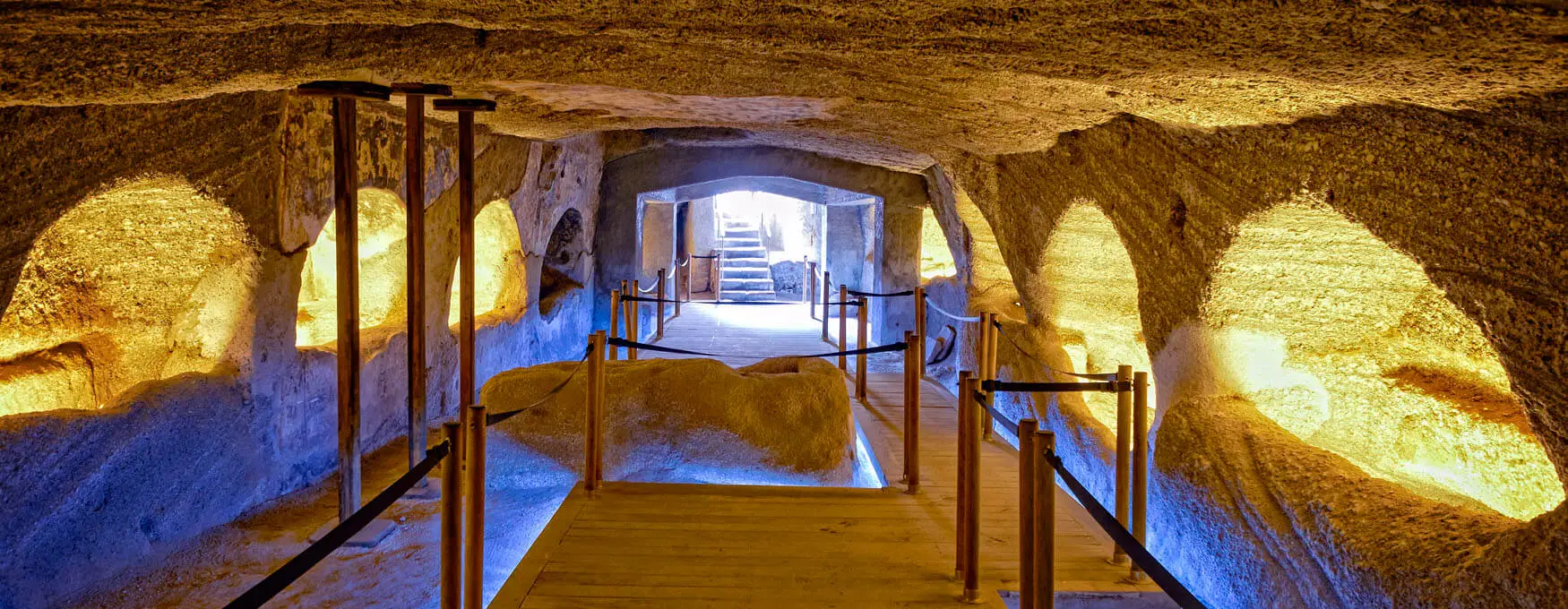Milos
All the colours of nature and beaches to match
Greek: Μήλος
pronounced [ˈmilos]
Please Select
Welcome to Milos
A complete guide for your vacation
Found in the southwest part of the Cyclades, this island has a handful of singular natural landscapes contributed by volcanic activity; mysterious rock formations, curious soil colours and numerous jaw dropping beaches. Besides having countless unique sights to see around the island, it also is the homeland of the renowned marble statue of Venus of Milo seen today in the Louvre Museum.
Milos’ volcanic past is reflected on the large number of hot springs, caves and geological formations found around the island such as Kanavas, Alykis, Provatas, Pikropigis springs, Papafragas and Sikia Caves, and Kleftiko Cove. The island also has numerous significant archaeological sites such as the early christian catacombs, the Bronze Age settlement of Phylakopi, and interesting museums namely the Mining Museum showcasing Milos’ 11.000 years old mineral history.
The extraction of obsidian contributed to the island’s prosperity in ancient times. Milos mineral wealthy land is home to one of the oldest mines in the Mediterranean.
Recent stories about Milos
Milos’ Underground Secrets: Exploring the Catacombs of the Island
The Catacombs of Milos are considered to be the most important early Christian monument of worship and burial site in all of Greece. In their original form there were three major independent underground galleries (A, B, C) cut into the porous volcanic rock. Today, they form a single cluster connecting between the galleries with more...
